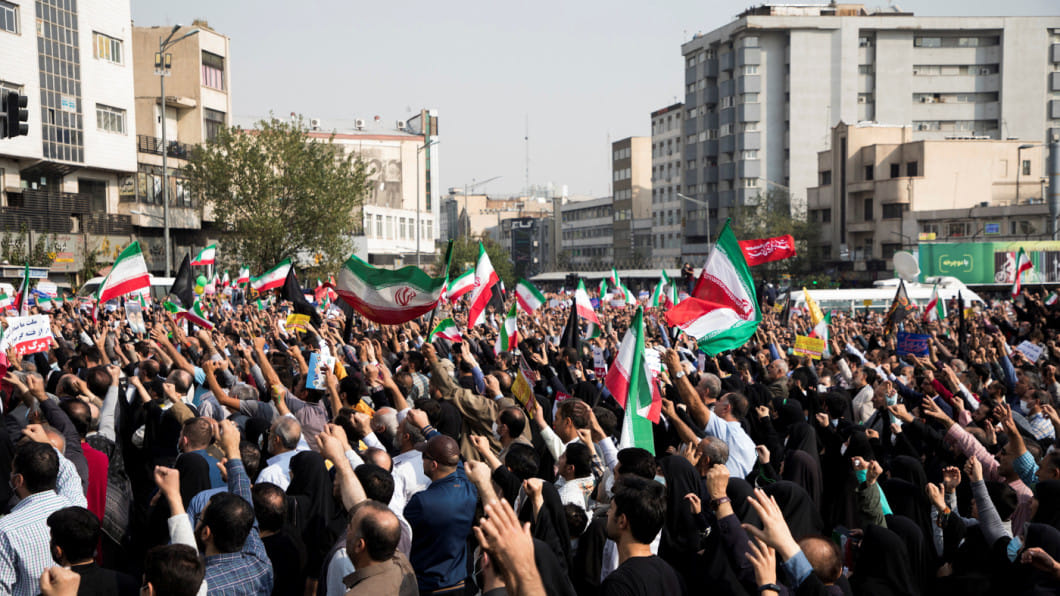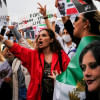Aftermath of the protests in Iran

Trigger warning: Mentions and/or graphic details of violence, death and assault
On September 13, 22-year-old Kurdish woman Mahsa Amini was arrested by Guidance Patrol, Iran's "morality police", for supposedly wearing an "improper" form of hijab during a visit to Tehran. She was allegedly beaten severely while in custody. She passed away after experiencing a coma from brutality.
Following her death on September 16, Iran has been experiencing unprecedented levels of protests and civil unrest. Thousands took to the streets with chants "Women, Life, Liberty!" reverberating every corner, in hopes of awareness. In hopes of refinement to an inherently flawed system. In hopes of justice moving forward.
However, if there's one thing the 40-year-long Iranian experiment teaches us, it's that the more policies governments come up with in order to control their people, the more uprisings take place. And unsurprisingly, the collapse goes that much further.
In recent days, strict punishments have been called for the 14,000 protesters who have been arrested. CNN reported that a letter signed by 227 out of 290 members of the Iranian parliament urged that the protesters be given harsh punishment that "would serve as a good lesson in the shortest possible time."
On Sunday, the Iranian judiciary said that an unnamed individual has been sentenced to execution, with five more unnamed people being handed between five to ten years in prison on national security-related charges.
What is utterly disdainful is that amongst the arrested are countless children: young girls fighting for their futures. Iran is one of the world's last countries to execute juvenile offenders, with 9 being the age of criminal responsibility for girls, compared to 15 for boys. The United Nations has recognised that virgin women and girls were raped in Iranian prisons before being executed during the 1980s. Whether or not this practice is still prevalent is under scrutiny.
According to Amnesty International UK, updates to the country's Penal Code (2013) allow judges to consider the mental capacity and maturity of the young offender, where they are being tried for a crime that recommends capital punishment for adults. In 2014, Iran's Supreme Court also said that all juvenile offenders on death row could apply for retrial.
But with outdated, questionable and inhumane laws still allegedly in practice, little has changed in reality.
What continues to thrive in secrecy over the next few days will be a clear violation of international human rights. What's more shocking is the lack of media coverage, and internet outages diminishing the issue out of existence. In the age of the internet, issues such as these often lose momentum and people lose awareness as soon as coverage fades.
Despite how little impact we think we may be able to have, it is now, more than ever, important to amplify voices. Educating ourselves, sharing verified news from reliable sources, and standing with the people of Iran in solidarity is crucial.
Let's not allow history to repeat itself again.
References:
1. United Nations Human Rights (11 November, 2022). Iran: Stop sentencing peaceful protesters to death, say UN experts
2. CNN (6 November, 2022). Iranian lawmakers demand 'no leniency' for protesters as mass demonstrations continue
3. Amnesty International (16 August, 2022). Iran is sentencing children and teenagers to death
4. Aljazeera (14 November 2022). Iran court issues first death sentence in protest-linked cases

 For all latest news, follow The Daily Star's Google News channel.
For all latest news, follow The Daily Star's Google News channel. 









Comments